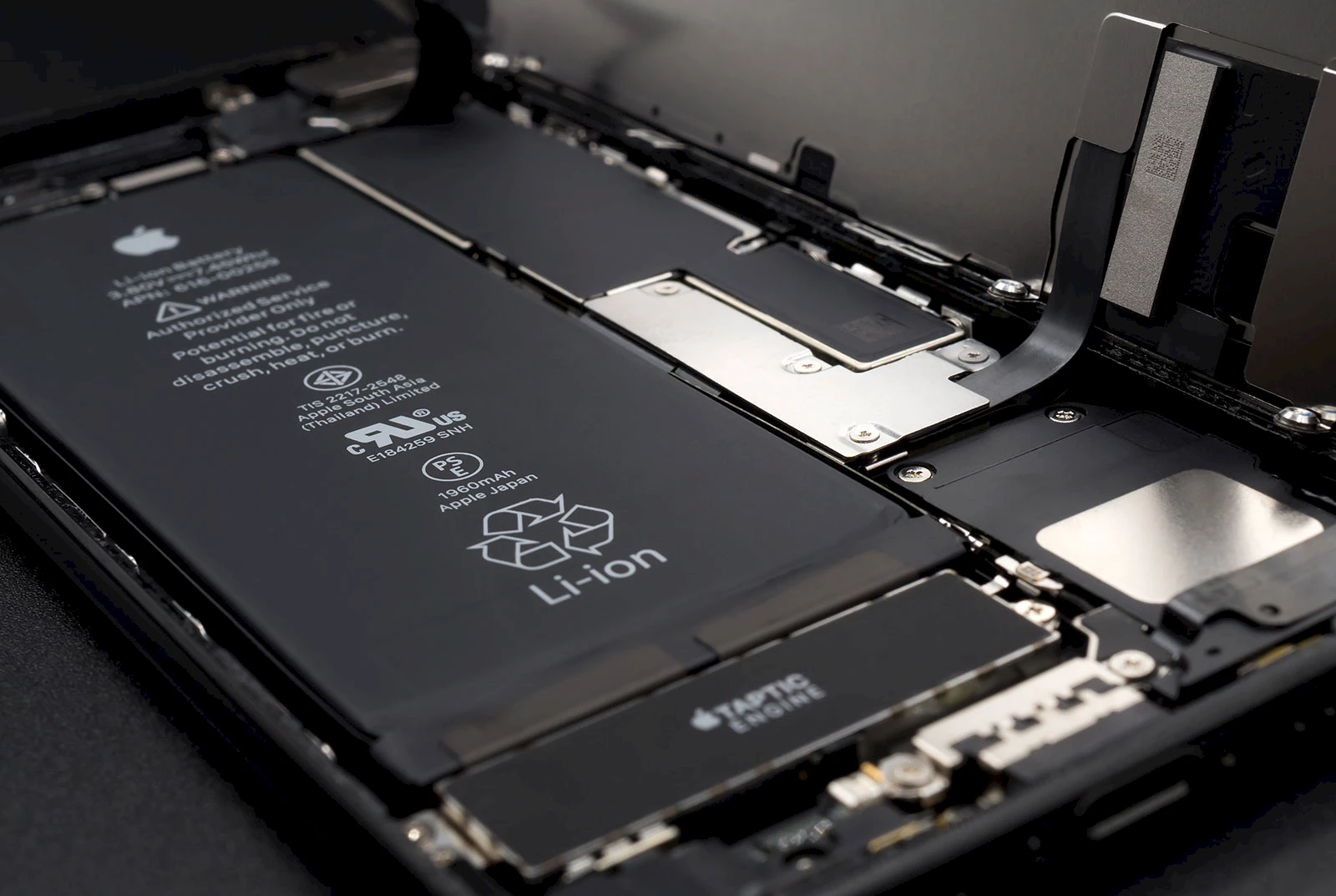Safer lithium-ion batteries

Apple iPhone 7 battery. © iStock.
Lithium-ion batteries have made headlines for the wrong reason: as a fire hazard. Lithium-ion batteries store much more energy than previous chemistries could manage, making them crucial to the future success of phones, drones, electric cars, etc. The hope is to develop batteries with at least the same excellent energy/mass ratio as lithium-ion batteries, less the danger associated with this particular chemistry.
Lithium-ion batteries are made up of one or more cells, each of which has two electrodes covered by an extremely thin polymer film, called a separator, which prevents their coming into direct contact. Permeating the porous separator is the electrolyte, a material—today generally a liquid—that allows lithium ions to move back and forth during charging and discharging. The slightest damage to the ultrathin separator can put the electrodes into direct contact and create an internal short circuit, which can generate enough heat to make the cell catch fire. The heat of the fire may then overheat adjacent cells, resulting in a chain reaction that can easily cause the whole battery pack to explode. Over repeated cycles of charging and discharging, the integrity of the separator can be jeopardized by dendrite build-up on the electrodes. Dendrites are needle-like metal structures that form when the battery is overcharged. Researchers are working on alternative solutions, including modifying the electrolyte, to avoid or at least control the problem. It would seem that adding lithium polysulfide and lithium nitrate to the mixture stops the formation of dendrites, opening the door to the development of truly safe batteries.
⇨ IEEE Spectrum, “Less fire, more power: the secret to safer lithium-ion batteries.”
